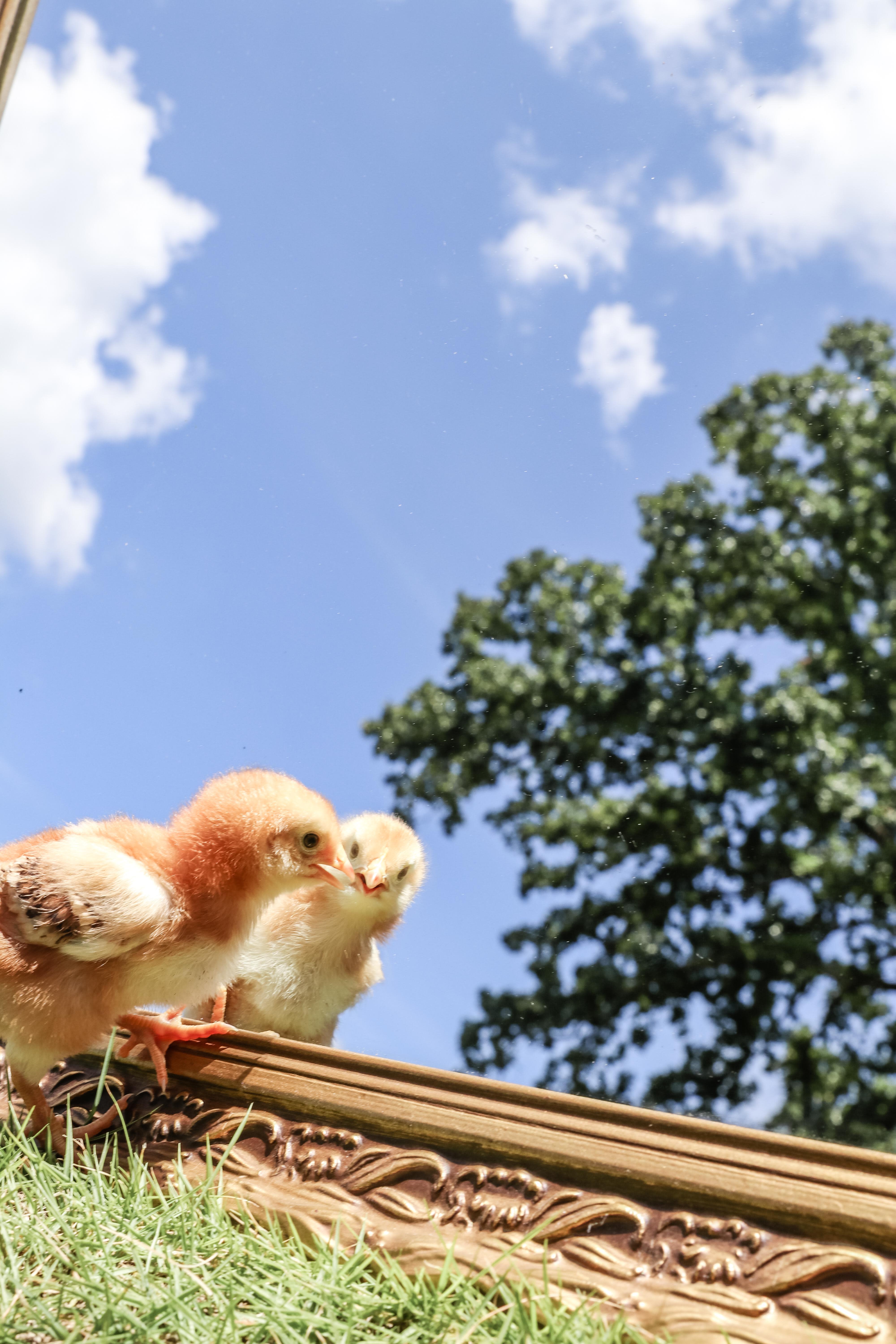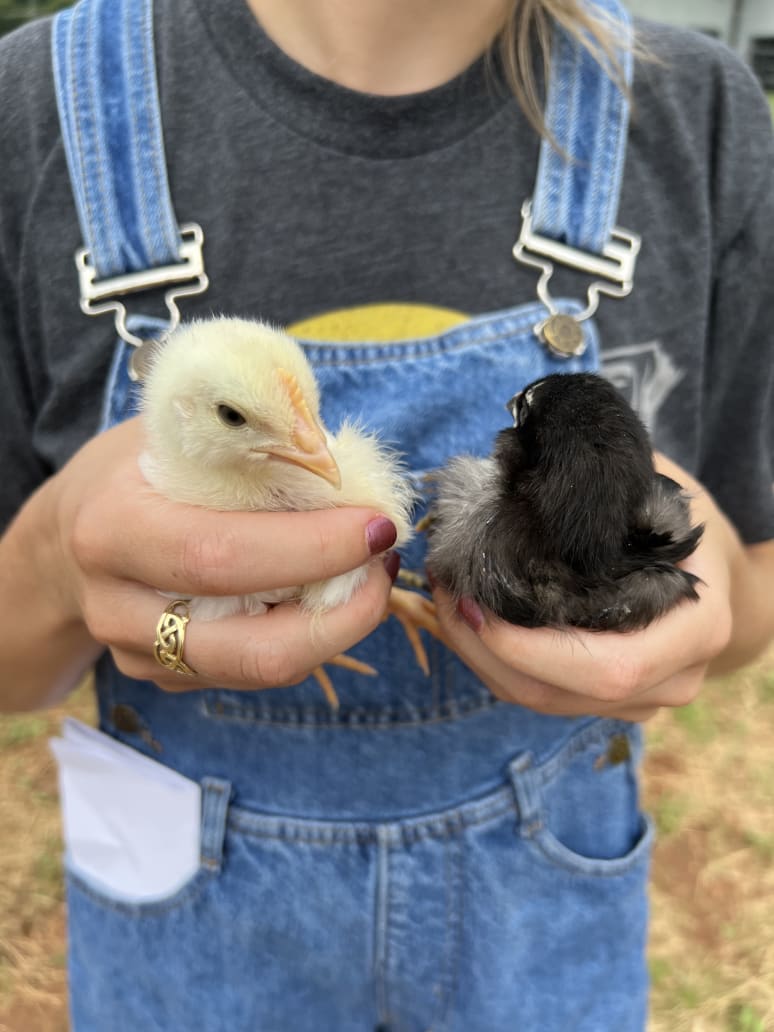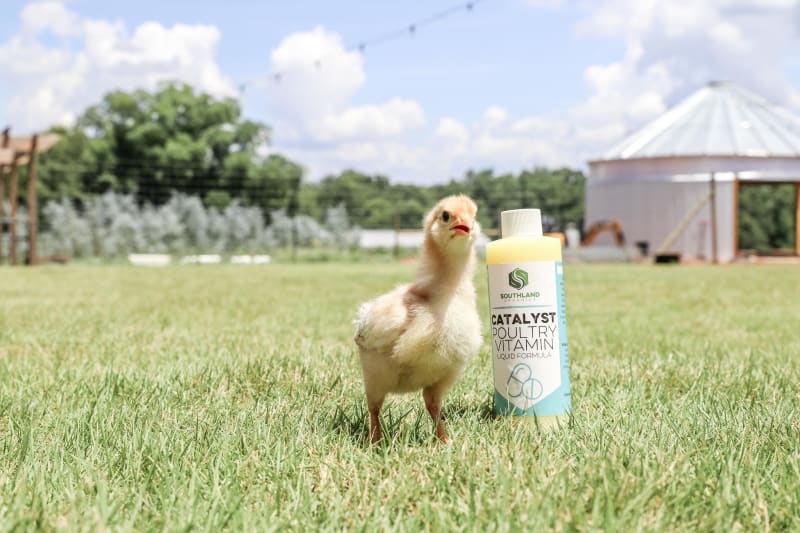What is rickets?
One of the most heavily investigated areas of animal agriculture is nutrition- ruminant nutrition, swine nutrition and our personal favorite, poultry nutrition. From proteins and carbs to vitamins and minerals, every aspect of your flock’s diet plays a role in their success.
Proper feeding and digestion impacts feather growth, reproductive performance and bone health. Especially in the case of young, female birds, diets lacking proper vitamins and minerals (specifically calcium, phosphorus and vitamin D3) can cause abnormal bone development and poor growth.
Deficiencies in these three nutrients can cause a condition called rickets. Rickets, also referred to as hypocalcemia, is typically characterized as inadequate bone mineralization in young, developing birds.
At the cellular level, this is caused by a lack of calcium. Hence the name, which literally means “a low amount of calcium in the blood” -- “Hypo-” meaning below normal, “-calc-” referring to calcium, and “-emia” indicating the presence of a substance in blood. However, it can also be caused by a nutritional imbalance in the calcium to phosphorus ratio as well as a calcium, vitamin D3 or phosphorus deficiency.

Importance of Vitamin D
In a healthy bird being fed a diet with the correct balance of vitamins and minerals, bone metabolism occurs in response to the presence of vitamin D3, also referred to as cholecalciferol.
Vitamin D stimulates the absorption of calcium from the small intestine. Calcium and phosphorus are then able to join to form a molecule referred to as hydroxyapatite to mineralize and strengthen bones. A lack of any of these three nutrients will disrupt this process and lead to rickets.
According to the Texas A&M Veterinary Medical Diagnostic Laboratory, one of the most common sources of rickets in poultry is old feed. The vitamin D3 in feed gets destroyed over time, so chickens eating old feed often experience a vitamin D3 deficiency. When testing a 3 month old female chicken, TVMDL reported that "The histopathological examination of bone sections revealed that the growing plate was wider and disorganized, with persistent zones of prehypertrophy and hypertrophy with invasion of blood vessels."
Symptoms of Rickets

Rickets effects the bone growing plate by preventing elongation of chickens' long bones. Due to this, the most common clinical signs are associated with joints of major growth plates. It most commonly occurs in birds from 10 to 14 days of age but is not uncommon in birds up to 35 days old.
Common signs of affected birds include pain in the spine, pelvis and legs as well as bowed leg bones, hock swelling, lameness, soft beaks, an S-shaped deformed sternum and increased time lying down. Although this deficiency is not uncommon, it is relatively easy to prevent.
How to Prevent Rickets
Balanced Poultry Diets
First and foremost, it is important to provide your birds with a balanced diet fit for their stage of development. This will ensure that the correct levels of calcium, phosphorus and vitamin D3 are always available when needed.
Poultry Supplements

In the case that your birds do develop hypocalcemia, it is important to supplement their diet to correct the deficiency before permanent damage occurs. Supplementing calcium is easily done by feeding free choice limestone or oyster shells. Water soluble vitamin D3 supplements are also available. Southland Organics' Catalyst Poultry Vitamin provides a convenient, water-soluble source of all three!
Nutritional deficiency, despite being highly studied in the field of animal agriculture, is one of the leading causes of developmental issues in poultry. In the case of rickets, a simple lack of necessary vitamins and minerals can halt bone development in young poultry species.
But don’t worry too much- by giving your chickens proper feed and perhaps some supplements, you can prevent nutritional deficiencies and the adverse effects they cause.
Cage Layer Fatigue
Cage layer fatigue is another common condition in poultry flocks that has to do with fragile bones. It usually occurs around peak egg production. In cage layer fatigue, chickens use all their calcium in egg production and don't have enough left to support their bones' calcium needs. This is another calcium deficiency that can be corrected by a balanced diet and nutritional supplements.
Contact Us
For more information on backyard chicken nutrition, be sure to like and subscribe to our YouTube channel, follow us on social media @southlandorganics and check out our other blog posts. If you have any questions, please email us at success@southlandorganics.com or give us a call at 800-608-3755.






